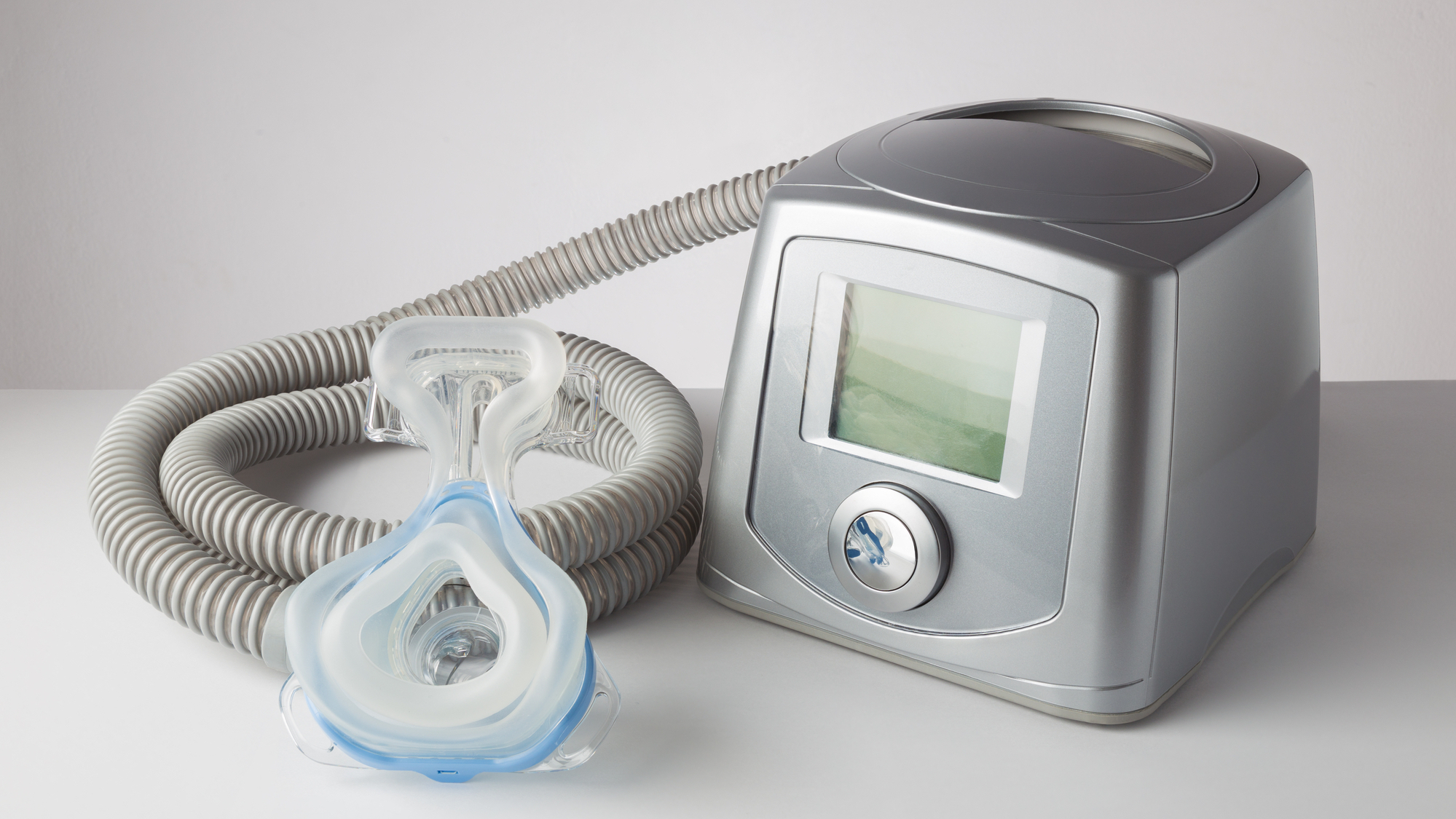

Over 25 million adults in the US suffer from obstructive sleep apnea. The disorder is due to airways being chronically blocked by heavy, weakened, or relaxed soft tissues in the mouth and throat. Millions are estimated to remain undiagnosed, and it can be hard to diagnose on your own—but one of the first symptoms you’ll notice is being extra sleepy.
“Some people will notice that they wake up during the night feeling like they’re gasping or choking or even have to go to the bathroom at a lot at night,” Ilene Rosen, a medical doctor and associate professor of medicine at Perelman School of Medicine at the University of Pennsylvania said in an AMA post.
Men are around two to three times likelier to experience sleep apnea, and often appears in older adults. One patient has known about their apnea issues since at least 2008—President Joe Biden.
According to publicly available medical records, prior nasal passage and sinus surgeries improved upon many of Biden’s sleep apnea symptoms. This week, however, White House officials confirmed that the President recently adopted the nightly use of a CPAP machine to help with the chronic issue. But what are CPAP machines, and why are they such a ubiquitous treatment for apnea patients?
A continuous positive airway pressure (CPAP) machine is the most commonly prescribed aide for someone suffering from obstructive sleep apnea, and offers a relatively simple solution to blocked airways. As the name might imply, CPAP machines provide a continuous flow of air through tubing into a mask worn across the nose and often mouth. Wearing one often feels like leaning your head outside a car window while traveling at a moderate speed—a bit intense at first, but eventually easier to handle. For some, it is even enjoyable.
[Related: In the latest State of the Union, Biden highlights infrastructure, chips, and healthcare.]
A CPAP machine’s air flow is generated by the base unit’s internal compressor, and usually passed through a small, replaceable fabric filter before traveling along the tubing connected to a face mask. Importantly, the CPAP machine doesn’t induce or maintain your breathing—users breathe as they normally would with the machine’s sustained pressure keeping their airways from otherwise collapsing.
Today’s CPAP machines are as much as 2-to-3 times smaller and lighter than many older models, as well as considerably quieter as compressor advancements continued over the years. Many include the addition of a heated water basin to act as a humidifier for the air, which is often uncomfortably dry without it. The integration of internet connectivity has also allowed for real time data monitoring and review by both CPAP users, as well as their doctors.
[Related: Six health conditions a smartwatch can detect before you can.]
Regular CPAP machine usage frequently ensures individuals can stay asleep longer without their obstructive apnea cutting their oxygen intake and waking them up repeatedly throughout the night. This allows patients to actually achieve the necessary deep sleep needed for a healthy physical and mental life.
Similar devices are often used for other related respiratory issues, including automatic positive airflow pressure (APAP) and bi-level positive airflow pressure (BiPAP) machines. APAPs, for example, monitors users’ breathing throughout the evening, and alternates pressure strength to adjust for medications and changes in sleep position. Meanwhile, BiPAPs rely on two separate pressure settings—high for inhalation, and low for exhalation. These are most often used by patients suffering from COPD and other chronic respiratory issues that affect overall oxygen intake.
